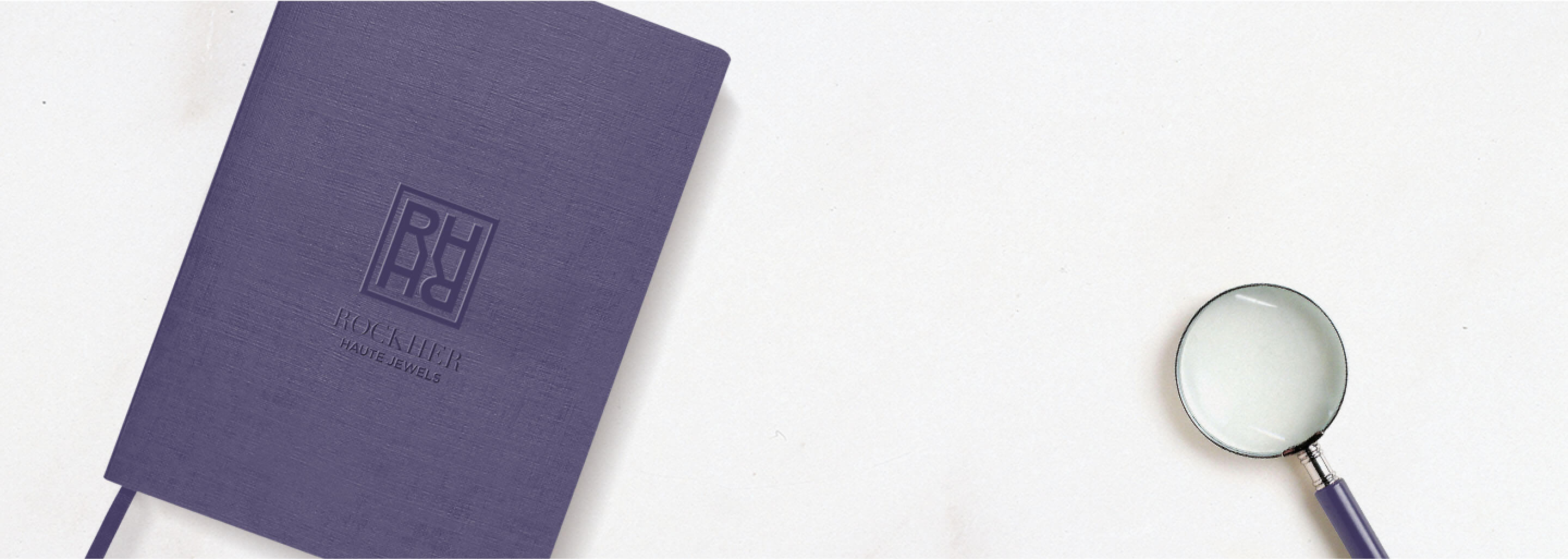Colorless, icy, and bright, E color diamonds are almost at the top of the standard diamond color scale. If you think of diamond color grades as a mountain, the pinnacle belongs to D-color diamonds, the rarest of the rare. E-color diamonds are also rare, also colorless, just, you know, not quite as much. You might think that means they are often overlooked. You would be wrong.
E color grade diamonds are so close to D color diamonds, the difference is so slight, that even diamond professions can’t tell the difference between the two in an engagement ring. That means you won't be able to tell the difference either. Except for the price tag, of course. E -color diamonds sell for noticeably less than D-color diamonds and the difference increases as size increases.
So that gorgeous 18-carat emerald-cut diamond engagement ring that Beyoncé wears? It’s an E-color diamond, not a D. Actually, we don't really know that for sure. But, then again, neither do you. That’s the point. Why pay for something you can’t see?
To officially become an E-color, a diamond has to be graded in a gemological laboratory. Diamonds are graded face down so that the eye can focus on the body color of the gem without distraction from its brilliance, scintillation, and dispersion. (The aspects of diamond beauty that make everyone want to wear diamonds in the first place.)
Let’s take a step back to review the D-to-Z diamond color scale, created by the Gemological Institute of America in the 1950s. The GIA diamond color scale goes from D, for completely colorless, to Z, for diamonds that are light yellow or brown. (Fancy colored diamonds, which have more noticeable color than Z diamonds, have their own separate grading scale that describes their hue as well as the intensity of the color.)
Diamond color is a continuous color range from complete absence of color to faint color. Diamond color grades chop this smooth color gradient into discrete steps. There isn’t a D and an E, there is a D that gradually has more color until suddenly it has enough color, according to a lab, that it isn’t a D anymore, it’s the most colorless E possible.
Drawing that line is very difficult. That’s why diamond color is always graded in comparison to other diamonds. That’s the only way to see the slight differences in color or absence of color that characterizes the color ranges that make up each of the GIA color grades.
To make this as consistent as possible, Labs like the GIA remove as many variables as they can. Since color is a perception that depends on the viewing environment, diamond graders use a standard light source and white background when comparing the color of a diamond to the set of diamond master stones. At GIA, at least two graders give their opinion on color grades (without knowing the other grader’s opinion.) If they disagree, a senior gemologist will also grade the gem. The color grade is determined when enough graders agree on one grade (the number depends on the size of the diamond.)
What does E color mean really? It means that a diamond, when placed upside down next to a diamond master set, has slightly more color than the D color diamond but slightly less color than the F. The slight differences in color can only be seen consistently in comparison, face down, in a controlled environment.
Will you be able to tell that your diamond is an E-color when you wear it? If your diamond is set in platinum or another white metal like palladium or a bright white gold, professionals will be able to see that your diamond is colorless but not its exact grade.
The difference that an E color makes to your diamond’s beauty is subtler than the difference that cut quality makes. But the diamond market is not purely based on beauty. Rarity also plays a role. E-color diamonds are also quite rare. Just not quite as rare as D-color. That means E-color diamonds are less expensive. And that’s a good thing if beauty is what you are looking for in a diamond.
WHAT ROSI RECOMMENDS
If you are buying an E-color diamond, you are buying a premium colorless gem and will pay a premium for it too. An E-color diamond, especially in large sizes, is rare and priced higher than every other colorless grade except for D. If you do decide on an E color for your diamond, make sure that all other aspects of your diamond’s quality are also high quality: the clarity should be VS1 or higher, the cut should be exceptional (hearts and arrows or excellent), fluorescence should be none to faint, and your diamond should be set in white metal. Before you commit to an E, make sure you look at F and G diamonds also: you might be surprised at how similar they look to the naked eye when they are face up. You might decide to get a larger stone with one of these color grades instead.
How does ROSI know diamonds so well? We trained her with dozens of professional diamond buyers. We asked them which diamonds among thousands they would buy for themselves or their daughters. ROSI calculated how they balanced more than 30 individual quality factors and applies those lessons to sift through all the grading reports of all the diamonds available on the market to pick the best combination of quality and value. With ROSI, you’ll find that brilliant needle in the haystack every time.
